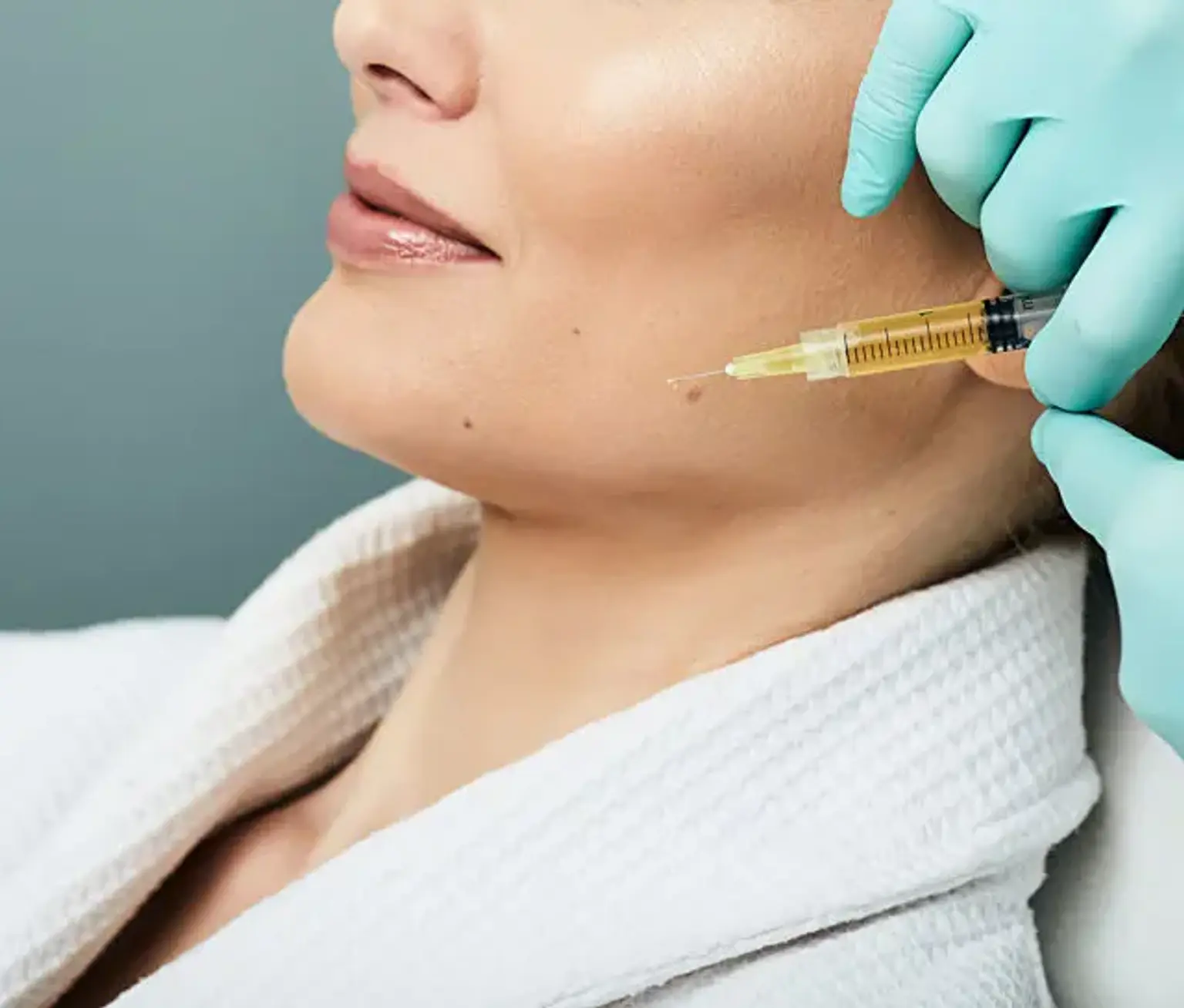Lipofilling
Over a couple of centuries ago, the use of autologous fat for filling deformities and reshaping body features was recorded. Czerny, who supplemented the breast with a lipoma taken from the patient's back, is widely credited as being the first to describe the use of autologous fat as a filler. In the early twentieth century, adipose tissue grafting was a well-documented operation. However, as questions were raised about the eventual loss of volume in these grafts, it went out of favor.
Lipofilling was first published by Bircoll, who presented a procedure that combined liposuction with autologous breast grafting of the collected fat. The presence of essentially endless soft and flexible donor tissue was recognized as a major benefit of this novel approach.
However, there were early fears that the treatment may result in breast scars, which would make breast screening challenging. The American Society of Plastic and Reconstructive Surgeons responded by issuing a statement criticizing the procedure's overuse.
However, about the same time, a significant amount of evidence emerged indicating that other breast techniques, such as reduction mammoplasties, can cause scarring in the breast that can be seen during breast screening. After lipofilling, scarring can be significantly more severe than one might imagine. Moreover, further research has revealed that these artifacts have little effect on screening.
